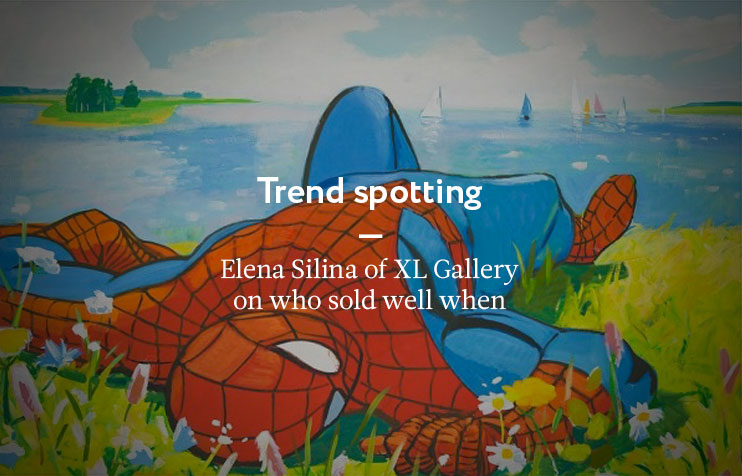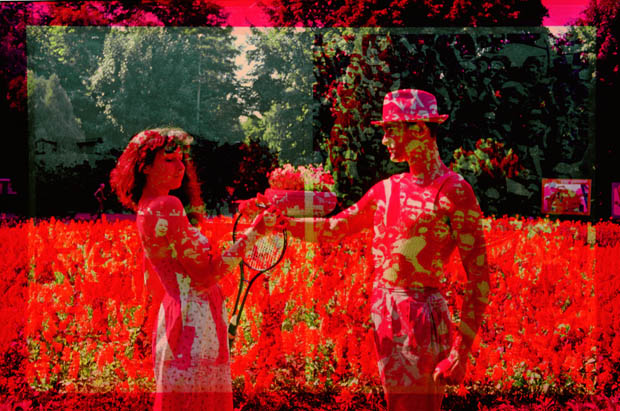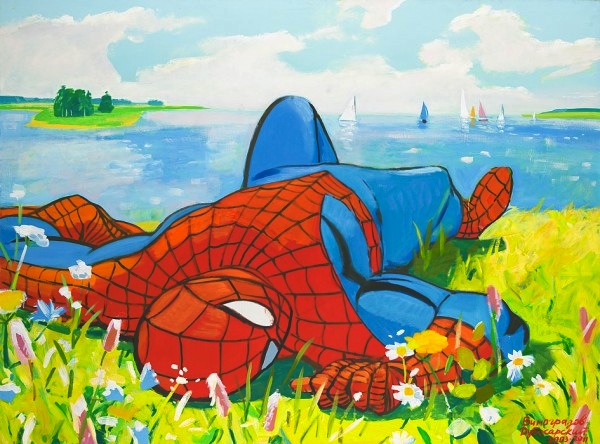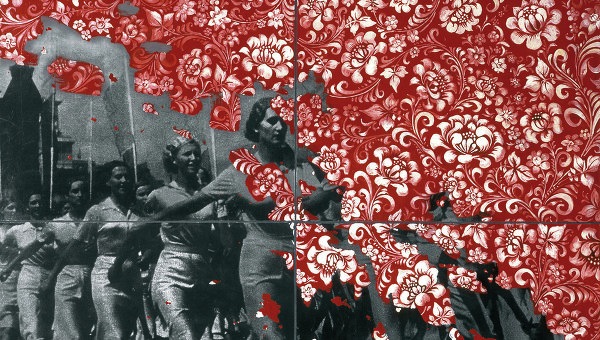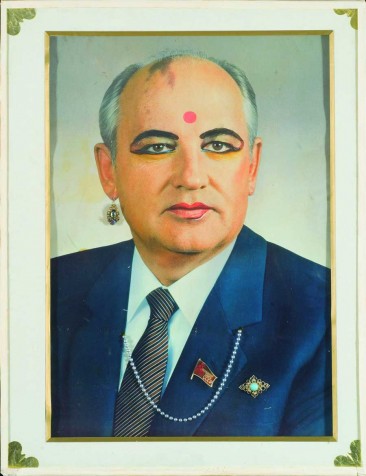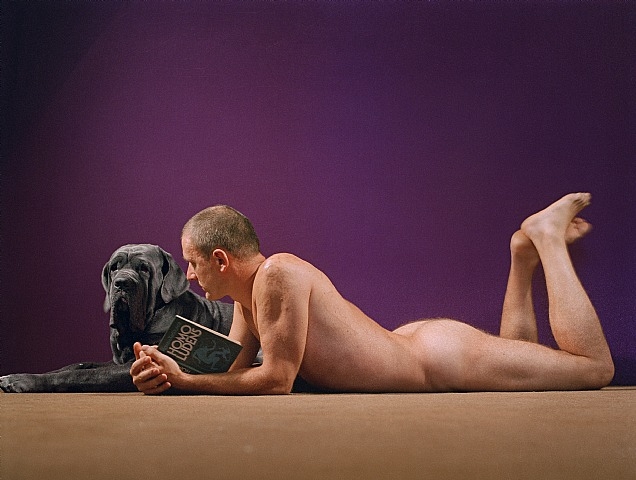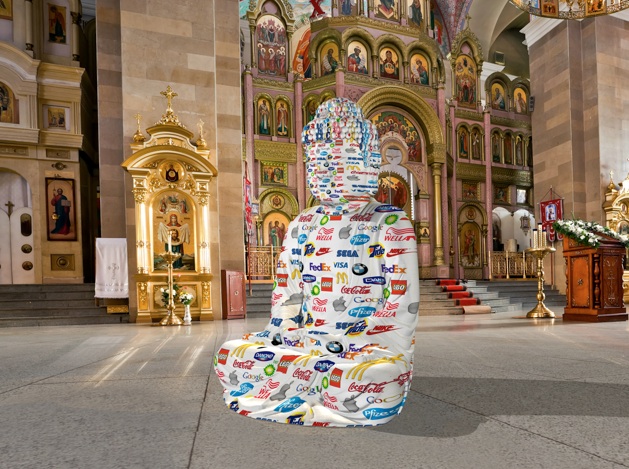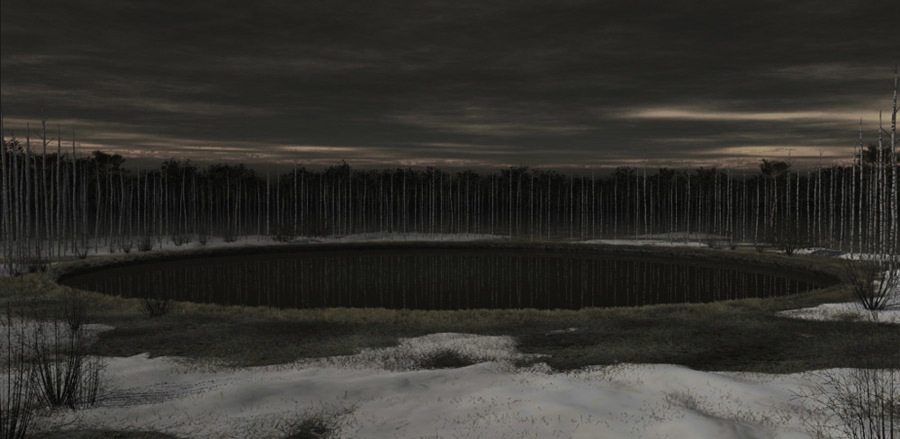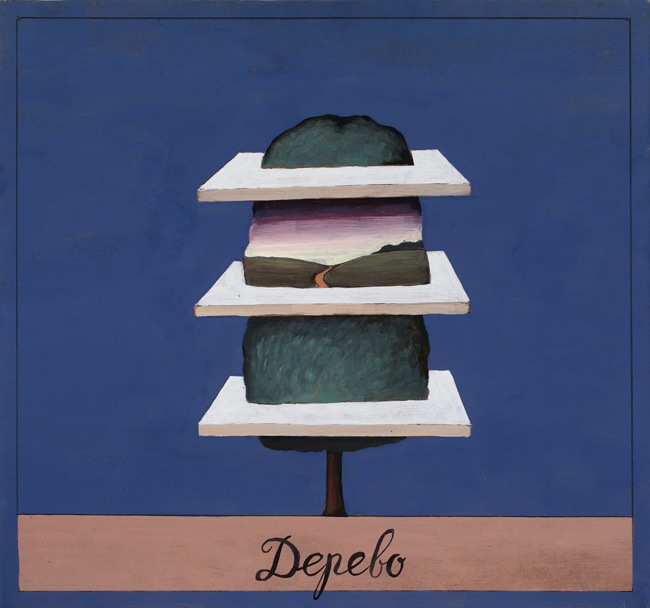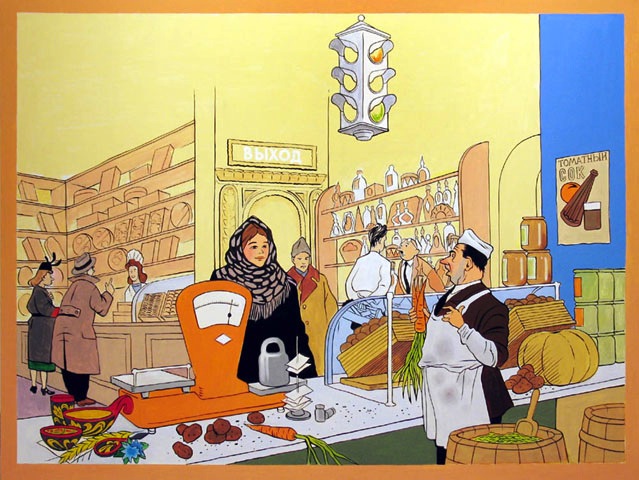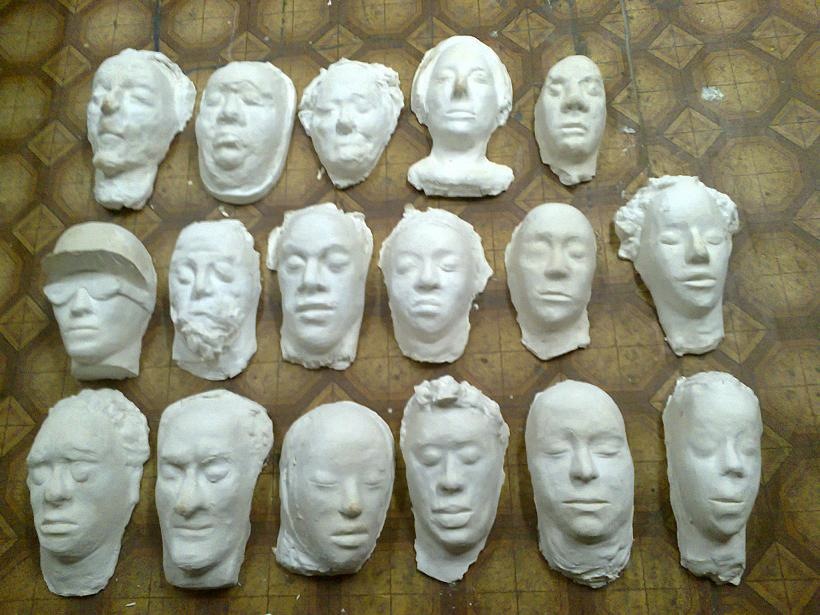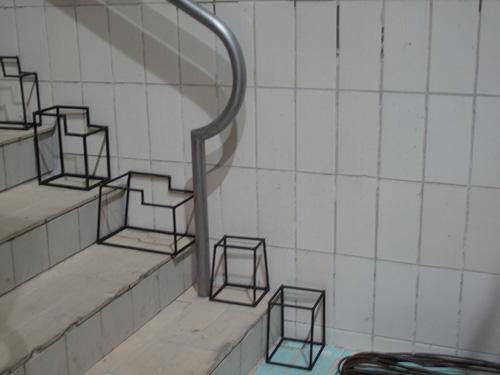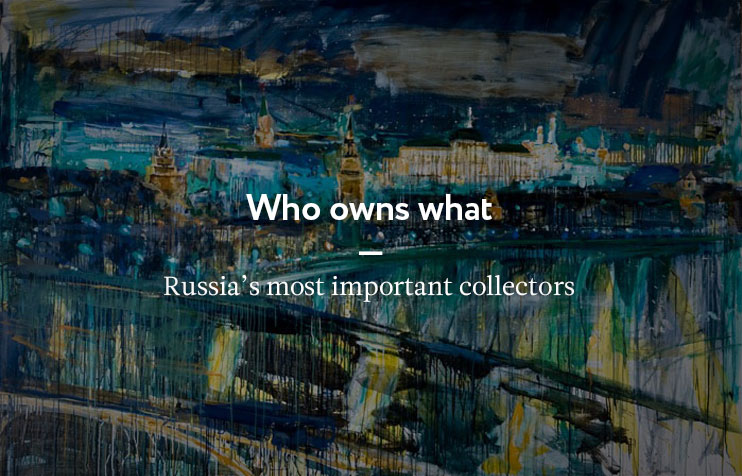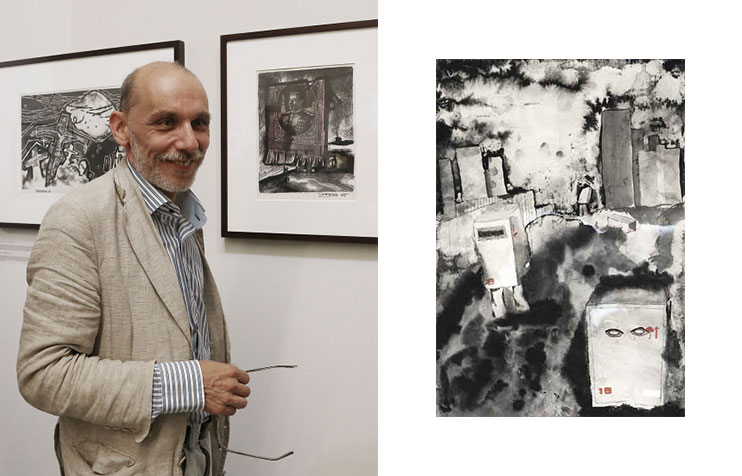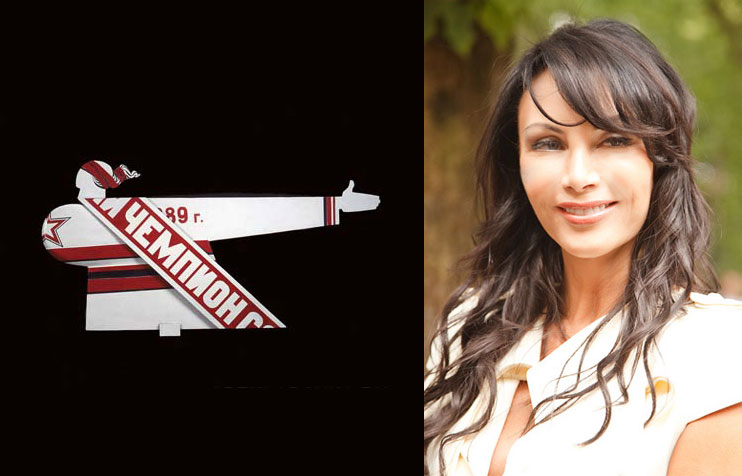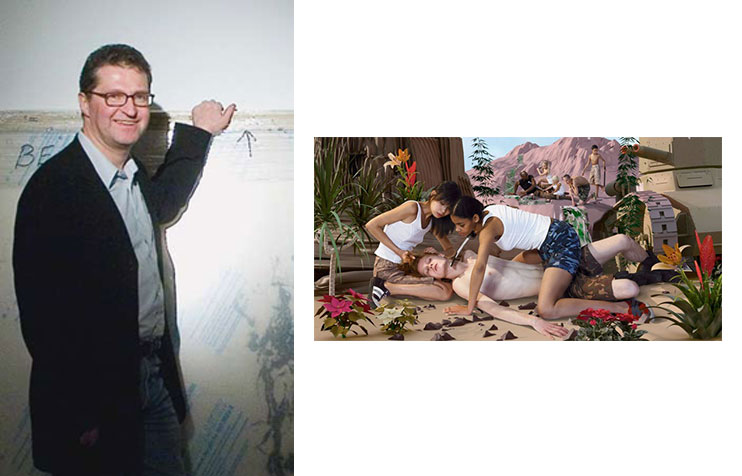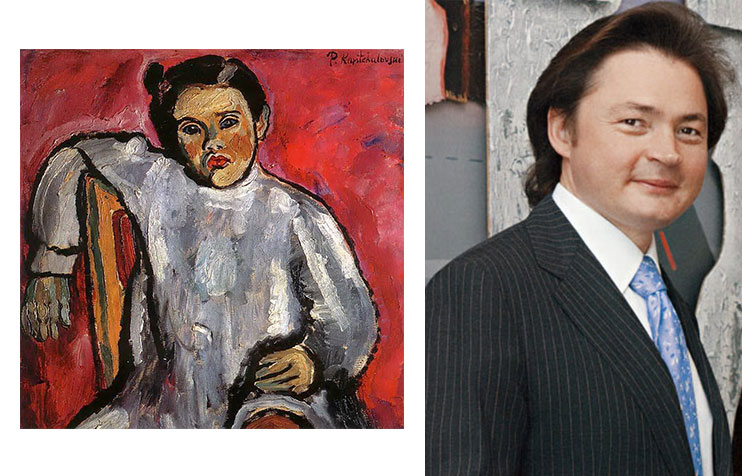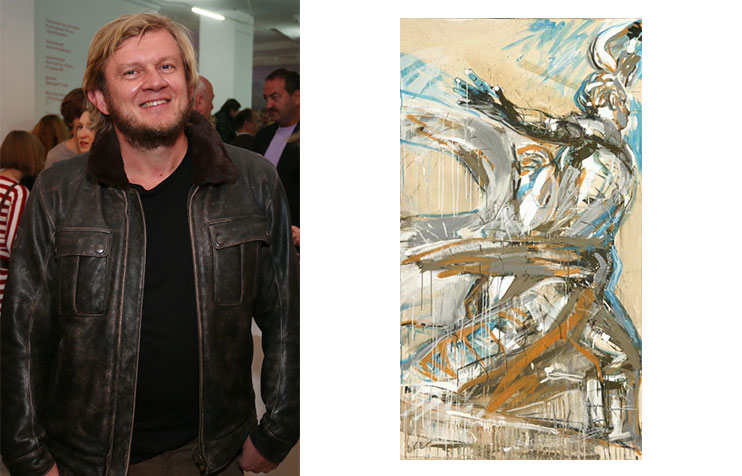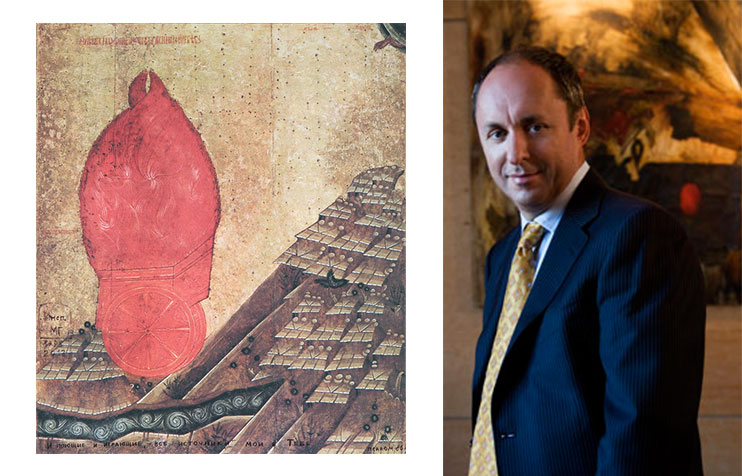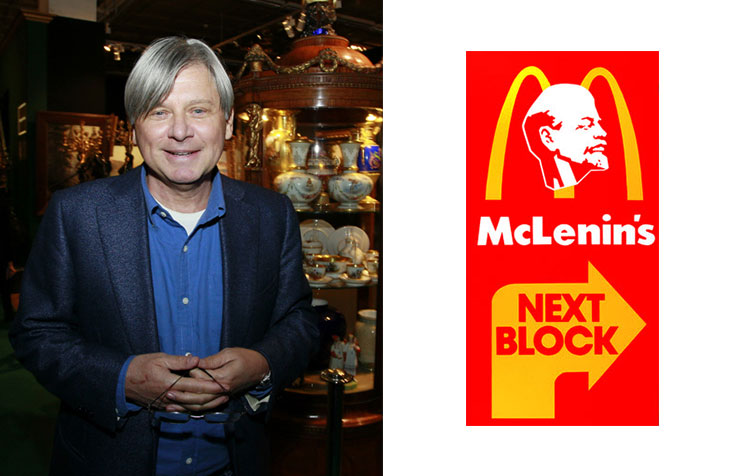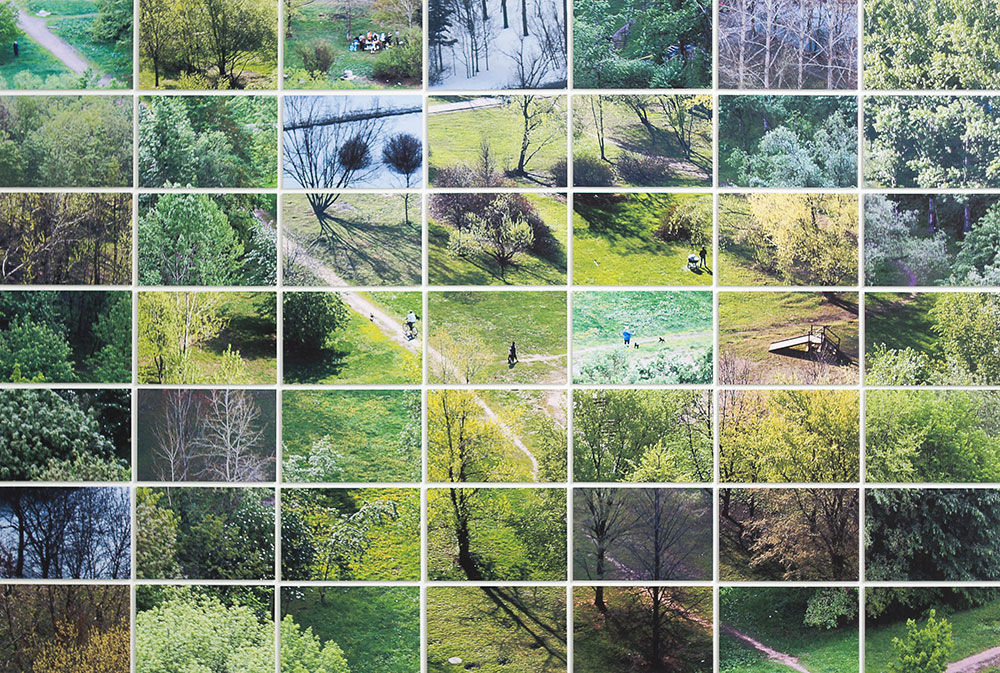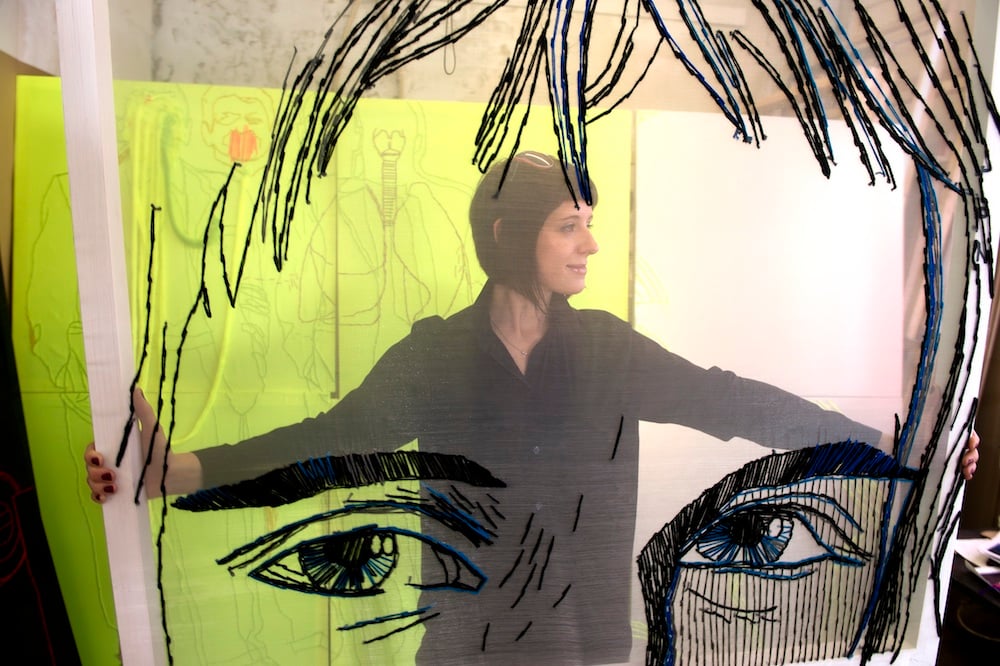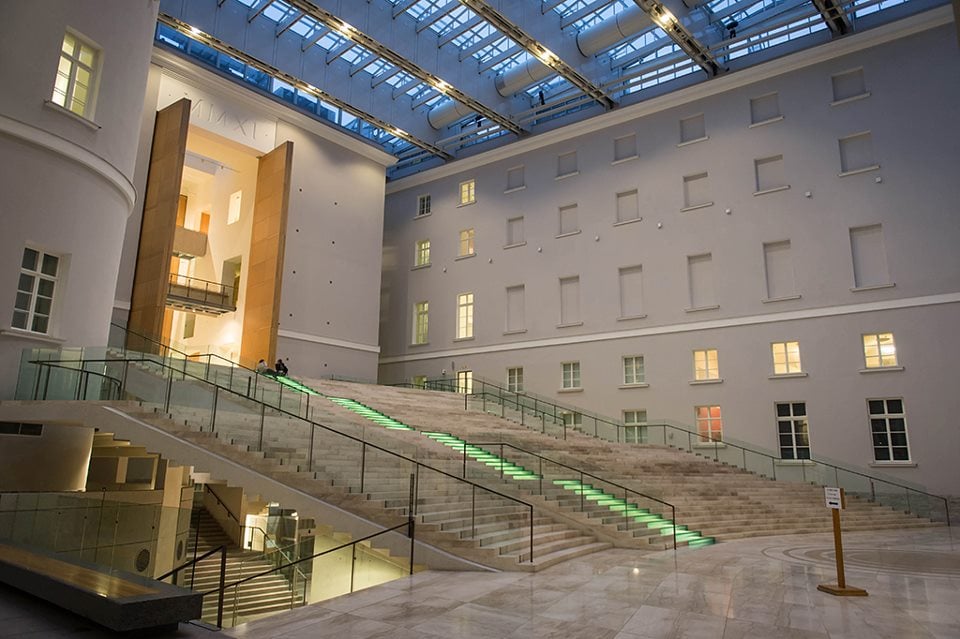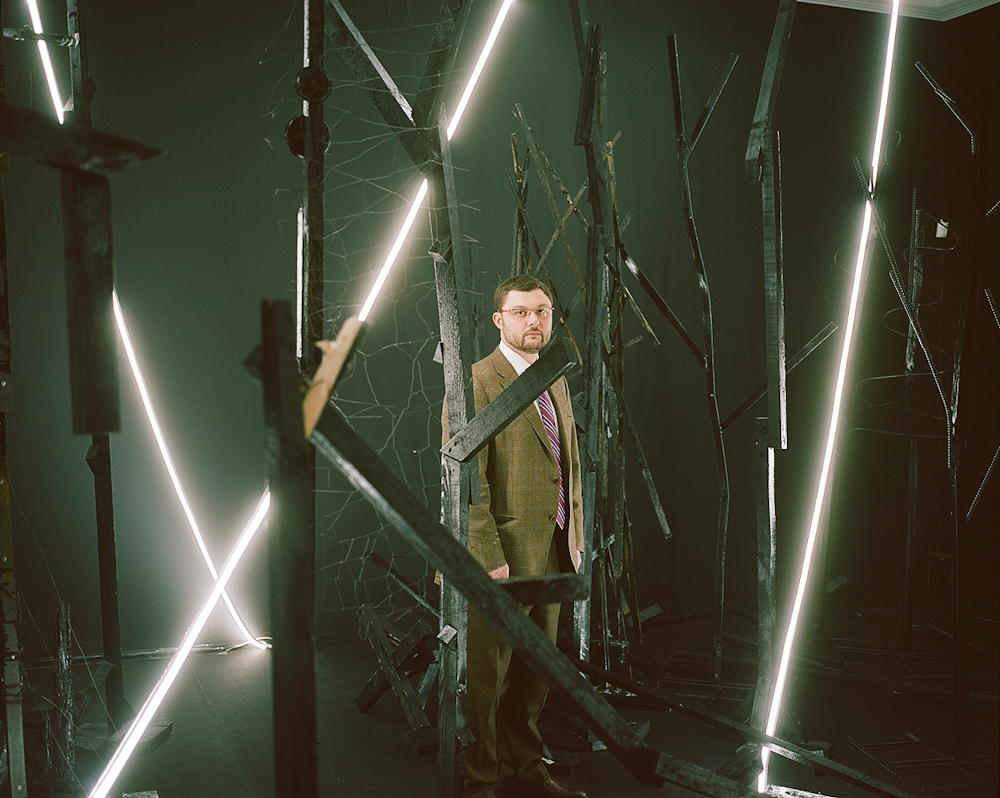Buy curious: who collects what in the Russian art world
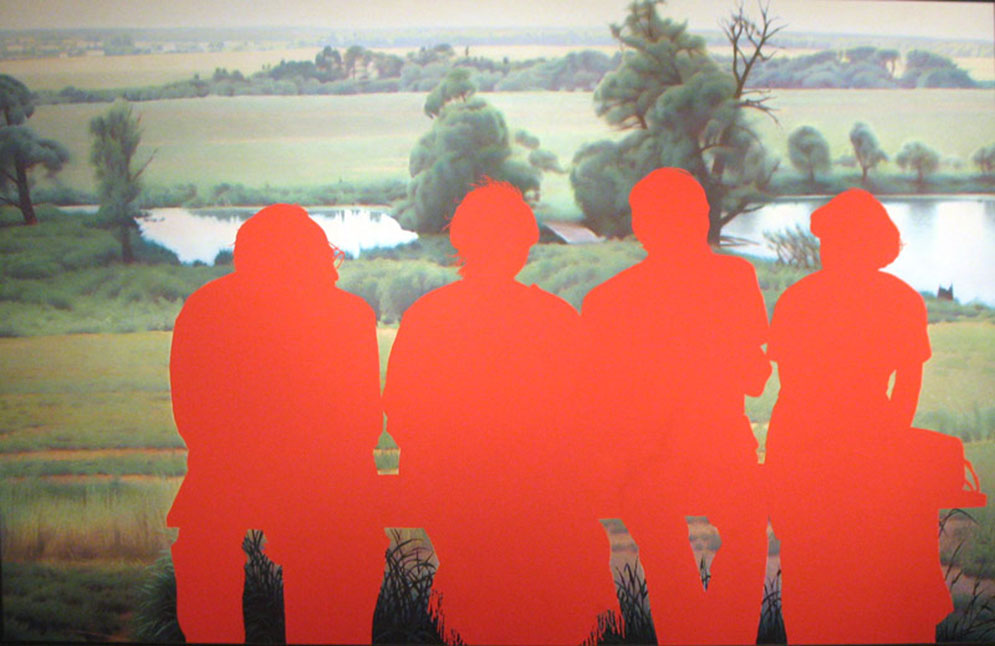
Complaining about the state of the art market is the favourite pastime of gallerists and artists alike. But, argues Olga Danilkina, there is actually plenty going on
“There are no collectors in Russia, there’s no art system, no art market, no contemporary art museums.” This sort of kvetching has been an unavoidable feature of the Moscow art scene for the last 20 years, as if nothing has ever changed. Despite evidence of overall slow, steady progress, there was another outbreak of pessimism in April last year when three of the oldest galleries in Moscow announced a change in format. XL Gallery is still going, but it’s expanding into non-commercial projects in other platforms; Marat Guelman Gallery metamorphosed into Cultural Alliance, a foundation supporting art in the regions; Aidan has become a studio for Aidan Salakhovaya’s pupils at the Surikov Art Institute. Representatives from all three galleries harrumphed about the difficulties of running galleries without sufficient income either from sponsorship, or — and this is the main problem — from buyers. Barely anyone, they claimed, is collecting art in Russia.
“The Russian art market is far from stagnant; if anything, it’s getting livelier”
Reactions to these complaints are varied. Dmitry Khankin at Triumph Gallery told ArtChronica magazine that galleries are not businesses and that they shouldn’t have to bring in a profit — unless you want to launch new projects. Director of Fine Art gallery Marina Obraztsova, however, took objection to her colleagues’ moaning, and told ArtChronica that “anyone who complains about the lack of a market is just selling art that no one wants or needs”. She has something of a point. Contrary to what some might say, the Russian art market is far from stagnant; if anything, it’s getting livelier. Sure, the gallery Paperworks has left Winzavod, but Pechersky Gallery has taken its place. Yes, the Art Moscow fair might have breathed its last, but a new, rebooted Art Moscow, focusing on new galleries, is poised to take over. Spring 2013 saw two new local initiatives: VLADEY, the first auction of contemporary Russian art, spearheaded by Vladimir Ovcharenko (whose previous brainchild, alternative art fair Cosmoscow, only happened once), and Art Space Event, in which a dozen or so galleries organised their own fair. While the word on the street about Art Space Event was less than enthusiastic, the auction results gave plenty of reasons to be cheerful, and the event will return in October.
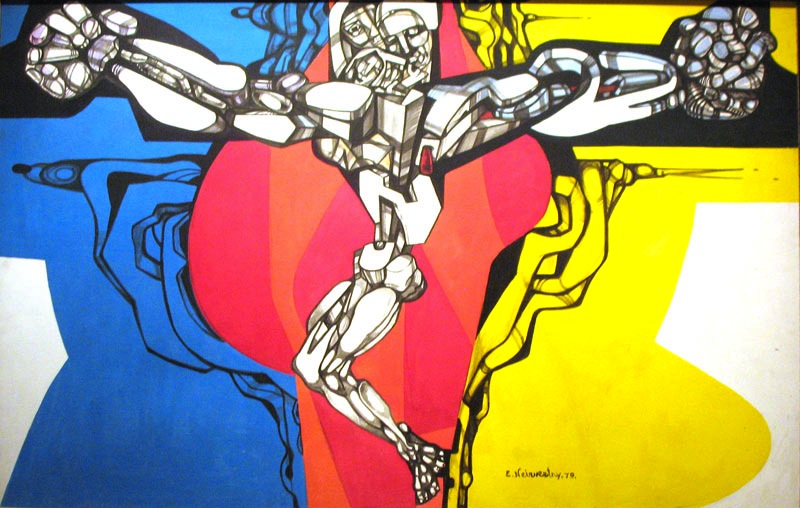
Ernst Neizvestny, Crucifixion (1979). From the collection of Viktor Bondarenko
Someone must be going to these events, so, who is buying contemporary Russian art today and what exactly are they buying? It’s all a matter of taste, apparently. According to art market analyst Sergei Skaterschikov, for the tiny percentage of Russian collectors with an interest in contemporary art, their choice is determined by personal preference, not investment potential. As a result, time-honoured oil on canvas remains the dominant genre, and particularly paintings that buyers think might be a nice adornment to a living room — a fact which is reflected in most galleries’ content.
“There are more proposals than we can manage to accommodate; our main job is to choose them carefully”
Alina Fedorovich, head of the collections programmes department at the National Centre for Contemporary Art (NCCA), also stresses the importance of individual taste: “We work with collectors for whom collecting isn’t just an investment: they started collecting art before it was fashionable, and every work they own has its own story.” Fedorovich organises an annual collections festival which exhibits the NCCA’s collection alongside those of other Russian and international institutions, as well as showcasing artists’ collections. There’s no shortage of eager collaborators, she explains. “There are more proposals than we can manage to accommodate; our main job is to choose them carefully.”
The most frequent — and most expensive — purchases are of artists from the Soviet underground of the Sixties, Seventies and Eighties. Artists from the Nineties are less popular, and those from recent years even less so. “Buyers’ interests have always shifted,” says Elena Selina, founder of XL, before explaining some of the dominant trends over the past twenty years.
According to Fine Art Gallery, Russian buyers are normally just beginning to build up their collections. Galerie Iragui was originally based in Paris, so 60% of its clients are foreign; they say that Russian buyers take a more emotional approach than their more calculating international counterparts. A representative of Pechersky Gallery suggested that: “It is Russian collectors that are interested in Russian artists.” But, Elena Selina warns, the stream of Russian buyers is “getting shallower and shallower”. Nevertheless, there are still high-net-worth individuals amassing significant collections.
It’s clear that the art system in Russia is very much still in the salad days of youth and, like any youngster, it can be flighty and impulsive. But even in the bloom of youth there are already some very well established collectors. It’s known around the world that there are Russian oligarchs out there with an eye for western art. Not long ago The Art Newspaper ran a story about Russian billionaires abroad who only rarely buy Russian art (only when it is museum-verified early-20th-century avant-garde) and have skipped contemporary Russians entirely in their headlong rush to collect western art.
An immature art system necessarily has very specific collecting practices. Many collectors of contemporary Russian art are also philanthropists with charitable foundations that help artists and museums. But still the Russian art market is far from transparent: galleries don’t want to reveal prices and collectors rarely risk announcing their acquisitions to all and sundry. But time doesn’t stand still and we have to hope that the increasingly discernible movement within the Russian art system is not its; death spasms, but the long-awaited heralds of stable growth.
